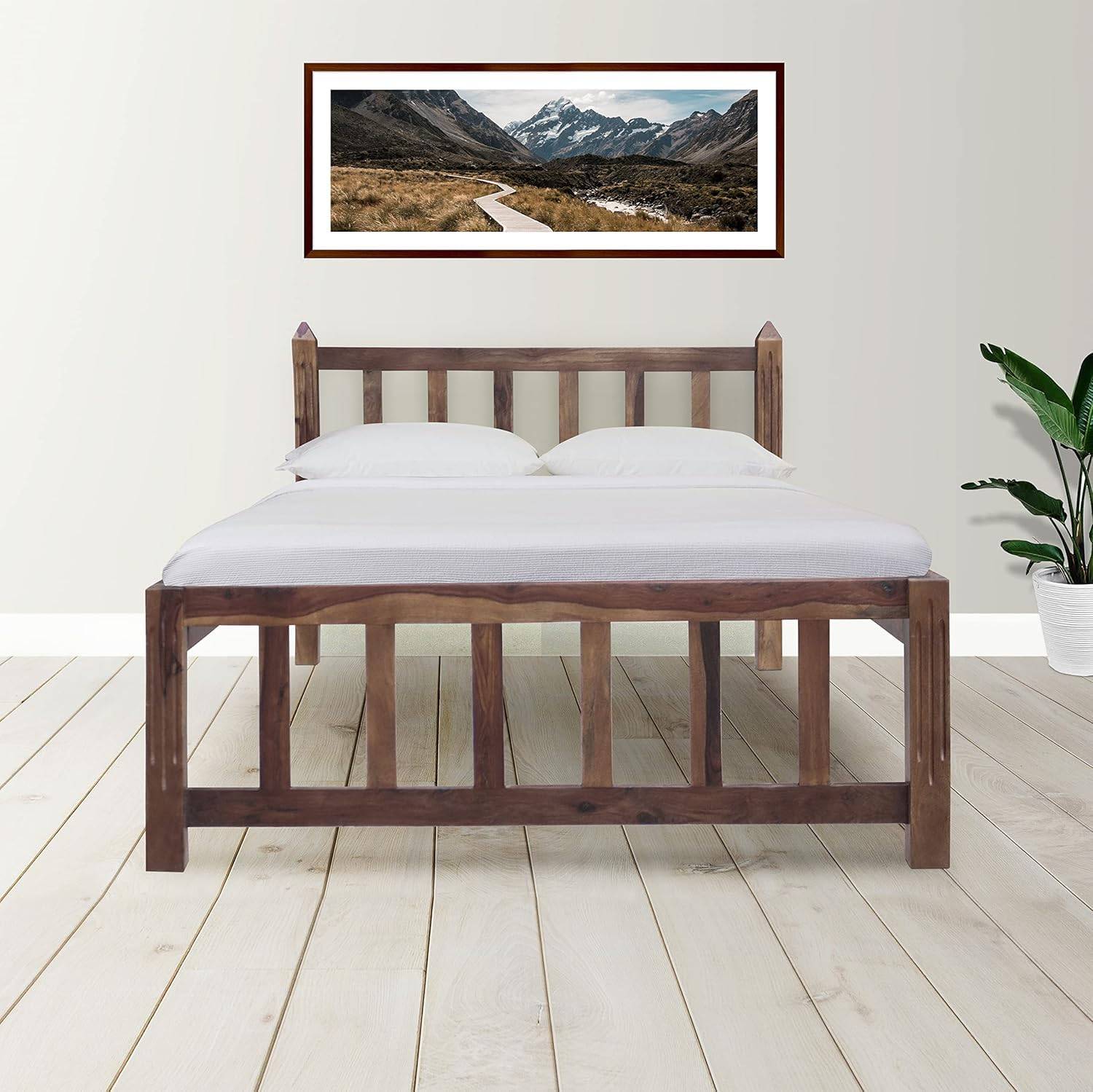
How to Pick the Perfect Upholstery For Your Home
The upholstery you choose for your furniture plays a pivotal role in defining the aesthetic, comfort, and durability of your home’s interior. It’s not just about color and pattern; it’s about texture, resilience, and how well it suits your lifestyle. With an overwhelming array of options available, picking the “perfect” upholstery can feel daunting. But fear not! This guide will walk you through the essential considerations to help you make informed decisions that you’ll love for years to come.
1. Consider Your Lifestyle: Who Lives Here?
This is perhaps the most crucial starting point. Your upholstery choices should be dictated by the daily realities of your household.
- Kids and Pets: If you have young children or furry friends, durability and cleanability should be your top priorities. Look for:
- Performance Fabrics: These are engineered to resist stains, fading, and wear. Brands like Sunbrella, Crypton, and Revolution offer fantastic options.
- Tight Weaves: Fabrics with a tight weave (like microfiber, denim, or some synthetics) are less likely to snag or pill.
- Patterns and Darker Colors: These can help camouflage minor spills or pet hair between cleanings.
- Leather (protected/finished): Durable, easy to wipe clean, and often develops a beautiful patina over time.
- Low Traffic, Adult-Only Homes: If your home sees less wear and tear, you have more freedom to explore delicate or luxurious options.
- Silks, Velvets, and Linens: These offer sophisticated textures and a more refined look.
- Lighter Colors: More practical when there’s less risk of spills and dirt.
- Allergy Sufferers: Opt for materials that don’t trap dust and allergens easily.
- Leather and faux leather: Easy to wipe clean.
- Synthetics: Can be a good choice if tightly woven. Avoid heavily textured fabrics that can harbor dust.
2. Durability and Fabric Type: Beyond the Looks
The “rub count” (measured in double rubs) is an industry standard indicating a fabric’s durability. The higher the number, the more durable the fabric. For residential use, anything from 15,000 to 30,000 double rubs is generally good for everyday furniture. For high-traffic areas, aim for 30,000+ to 50,000+.
Let’s break down common fabric types:
- Natural Fibers:
- Cotton: Breathable, soft, relatively durable, and takes dye well. Can wrinkle and stain.
- Linen: Strong, breathable, and elegant. Prone to wrinkling and can be more delicate in certain weaves.
- Wool: Durable, naturally fire-resistant, and resilient. Can be itchy for some and more expensive.
- Silk: Luxurious and soft. Very delicate, prone to sun damage, and best for low-traffic decorative pieces.
- Synthetic Fibers:
- Polyester: Durable, wrinkle-resistant, fade-resistant, and often used in blends. Can sometimes pill.
- Nylon: Extremely strong and resilient, often blended with other fibers for added durability.
- Acrylic: Mimics wool, resistant to fading, mildew, and stains. Good for outdoor or sunny areas.
- Rayon (Viscose): Mimics silk, cotton, or linen. Drapes well but can be prone to wrinkling and water spots.
- Microfiber: A type of polyester, incredibly soft, stain-resistant, and durable. Excellent for homes with kids and pets.
- Blends: Many fabrics are blends of natural and synthetic fibers, combining the best qualities of each (e.g., cotton-polyester for durability and softness).
3. Color, Pattern, and Texture: The Aesthetic Impact
This is where your personal style comes into play, but it also needs to align with the overall design of your room.
- Color:
- Neutrals (greys, beiges, whites): Versatile, timeless, and allow for easy changes in accent colors.
- Bold Colors: Can make a statement, but consider how they integrate with the rest of your decor. Think about the mood you want to create (e.g., cool tones for calm, warm tones for energy).
- Light vs. Dark: Lighter colors can make a room feel more open but show dirt more easily. Darker colors add coziness but can absorb light.
- Pattern:
- Solids: Classic, versatile, and allow other elements (pillows, art) to shine.
- Small Prints: Add subtle interest without overpowering the room.
- Large Prints: Make a bold statement, best used on a single piece or in a very spacious room.
- Geometric, Floral, Abstract: Choose patterns that complement the room’s style.
- Texture:
- Smooth (e.g., silk, sateen): Creates a formal or refined look.
- Soft/Plush (e.g., velvet, chenille, microfiber): Inviting, cozy, and adds warmth.
- Rough/Woven (e.g., linen, tweed, jute): Adds natural character, depth, and a more casual feel.
- Texture can significantly impact how light is reflected and how comfortable a piece feels to the touch.
4. Maintenance and Care: Reality Check
Before falling in love with a fabric, understand its cleaning requirements.
- “W” (Water-based cleaner): Can be cleaned with water-based solutions.
- “S” (Solvent-based cleaner): Requires solvent-based cleaners (dry cleaning fluid).
- “WS” (Water or Solvent-based cleaner): Versatile cleaning options.
- “X” (Vacuum only): Cannot be cleaned with any liquid; only vacuuming is recommended. These are typically delicate fabrics.
- Removable Covers: If your furniture has removable cushion covers, check if they are machine washable. This is a huge bonus for easy maintenance.
5. Lighting: Natural and Artificial
The color and texture of upholstery can look drastically different under various lighting conditions.
- Daylight: Natural light reveals the true colors and textures.
- Artificial Light: Incandescent lights can bring out warm tones, while LED or fluorescent lights might make colors appear cooler.
- Always get a swatch! Bring it home and observe it throughout the day in different lights to ensure you love it.
Final Tips:
- Consider the Scale: A large pattern might overwhelm a small chair but look great on a large sofa.
- Mix and Match: Don’t be afraid to combine different textures and patterns on various pieces in a room to add visual interest.
- Test it Out: If possible, sit on furniture upholstered in the fabric you’re considering to get a feel for its comfort and how it wears.
- Get Professional Advice: If you’re unsure, consult with an interior designer or a knowledgeable furniture salesperson.
Picking the perfect upholstery is a balance between aesthetics, practicality, and your personal needs. By considering these factors carefully, you’ll create a home that is not only beautiful but also comfortable and truly reflects your unique style.
What’s your biggest upholstery challenge? Share your experiences and questions in the comments below!
